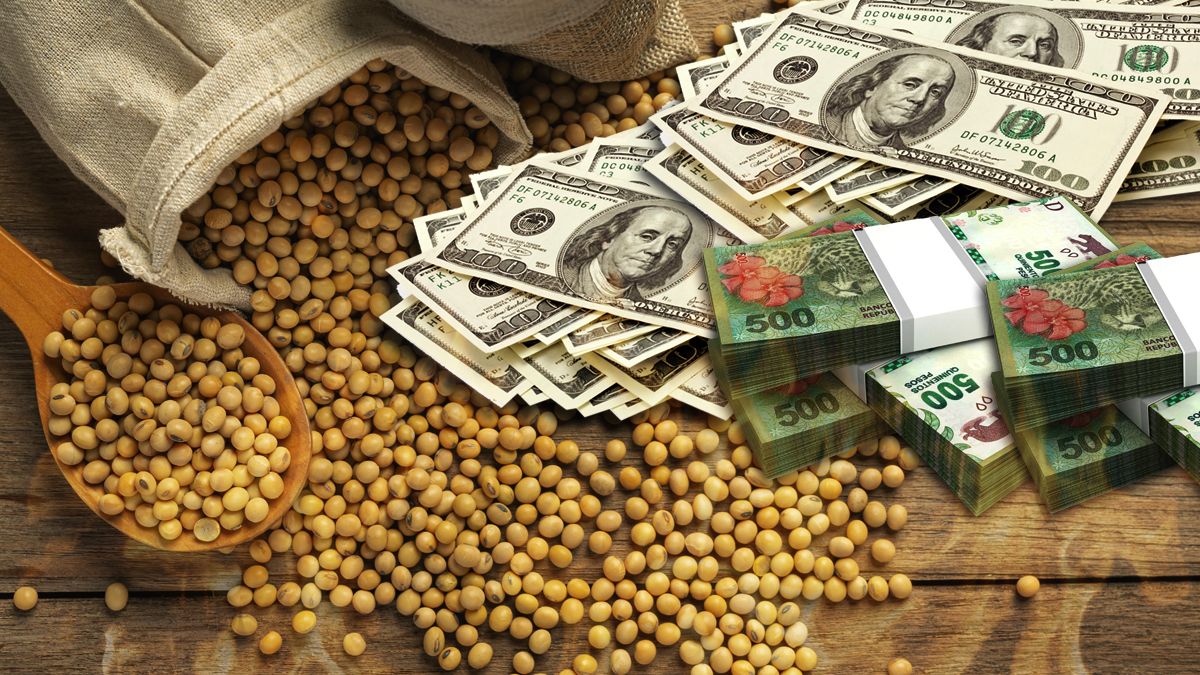At the same time, the official remarked that they are currently working on “finding palliative measures” for some regional economies, such as those of pears, apples, and wine. In this sense, he reinforced: “We are studying with the economic team and analyzing that. We are not talking about a soybean dollar.”
In this way, the head of the agricultural portfolio flatly ruled out the rumors that began to spread in recent weeks that next March, at the latest in April, the Government would launch a new differential exchange rate -for a determined time- to accelerate the soybean sales last season. So far, according to official statistics, around 7.7 million tons of the 2022 harvest remain to be sold, but producers are not activating sales since the grain is their valuable refuge in the midst of the deep drought that is affecting to the new soybean and corn cycle.
In any case, with or without the soybean dollar, the concern going forward is that the new harvest of soybeans and corn would be one of the lowest in the last 15 years and that will inevitably affect the inflow of foreign currency and the amount collected from rights of export. Despite the fact that the value of the oilseed continues to be sustained and between maximum levels, compensation for production losses from high prices is not expected. It is that the reduction in the quantities harvested will be very important and the oilseed campaign would only be around 34.5 million tons, versus the 43.3 million tons of the last campaign.
In this context, the secretary Bahillo pointed out: “We have been constantly monitoring the state of the crops, we are cautious and our public function makes us prudent in the estimation of income in monetary terms. We have to see how crops evolve and how prices evolve, but Undoubtedly we are not going to have the volumes of previous years and the drought has also hit cattle producers hard.”
Source: Ambito




